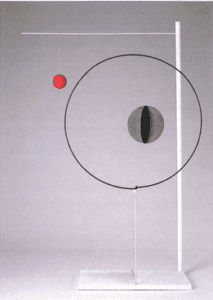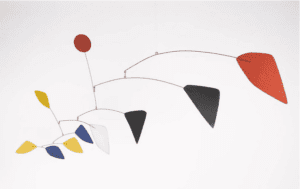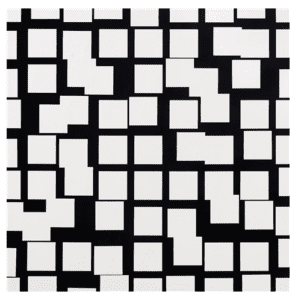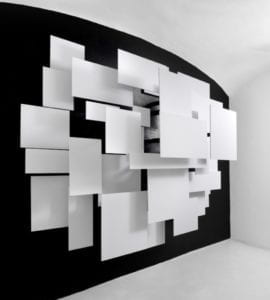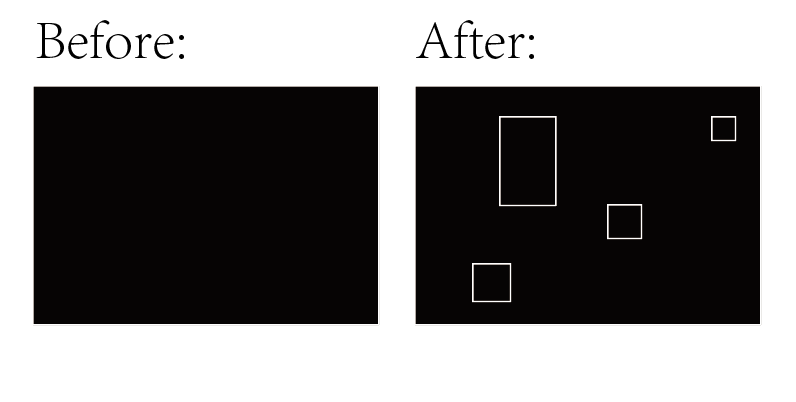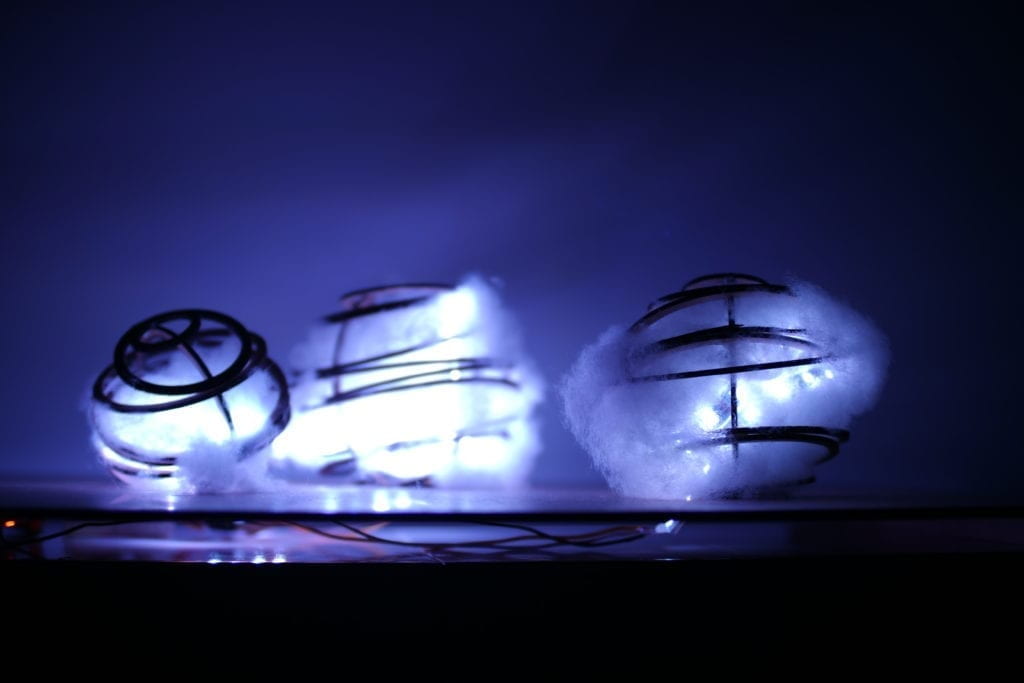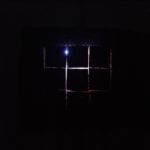
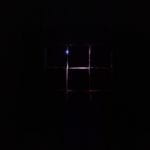
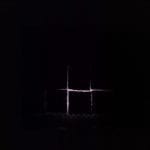
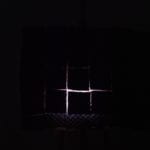
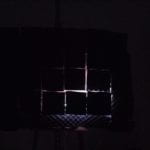
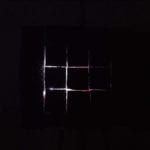
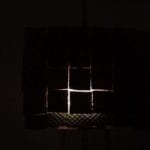
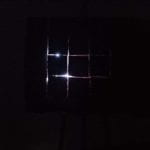
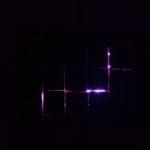
Title: Rip
Project Description:
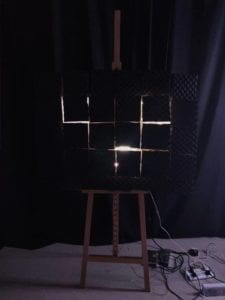 Rip is a kinetic light project, built and developed upon the idea of “abstration art” and “time and speed”. Audience should experience Rip in a room of total darkness so that people can get a more direct idea of space rip as the light appearing and disappearing. The project is intended to be self-explaining and intriguing with its movement and basic shape of rects.
Rip is a kinetic light project, built and developed upon the idea of “abstration art” and “time and speed”. Audience should experience Rip in a room of total darkness so that people can get a more direct idea of space rip as the light appearing and disappearing. The project is intended to be self-explaining and intriguing with its movement and basic shape of rects.
Rip is of a easel scale. It is two-layered with the bottom layer of light source and the top layer of lots of rectangles forming a puzzle plane to prevent the light. Light source are digital light stripe. Lights are coded according to different rectangles. They are intended to form different light patterns with the movement of the rectangles. Kinetic part of the project is conducted by 12 solenoids which are coded to push back and force to control how many lights are shining out round the shape of the rect being pushed out (how thick the light strings are). The time and speed of pushing out the rects are somewhat random. Which rects are pushed out is also unexpected by the audience. There would not be any music except for the sound of soldnoids.
Continue reading “Kinetic Light Final Project: Rip–Eric(Candy)”
